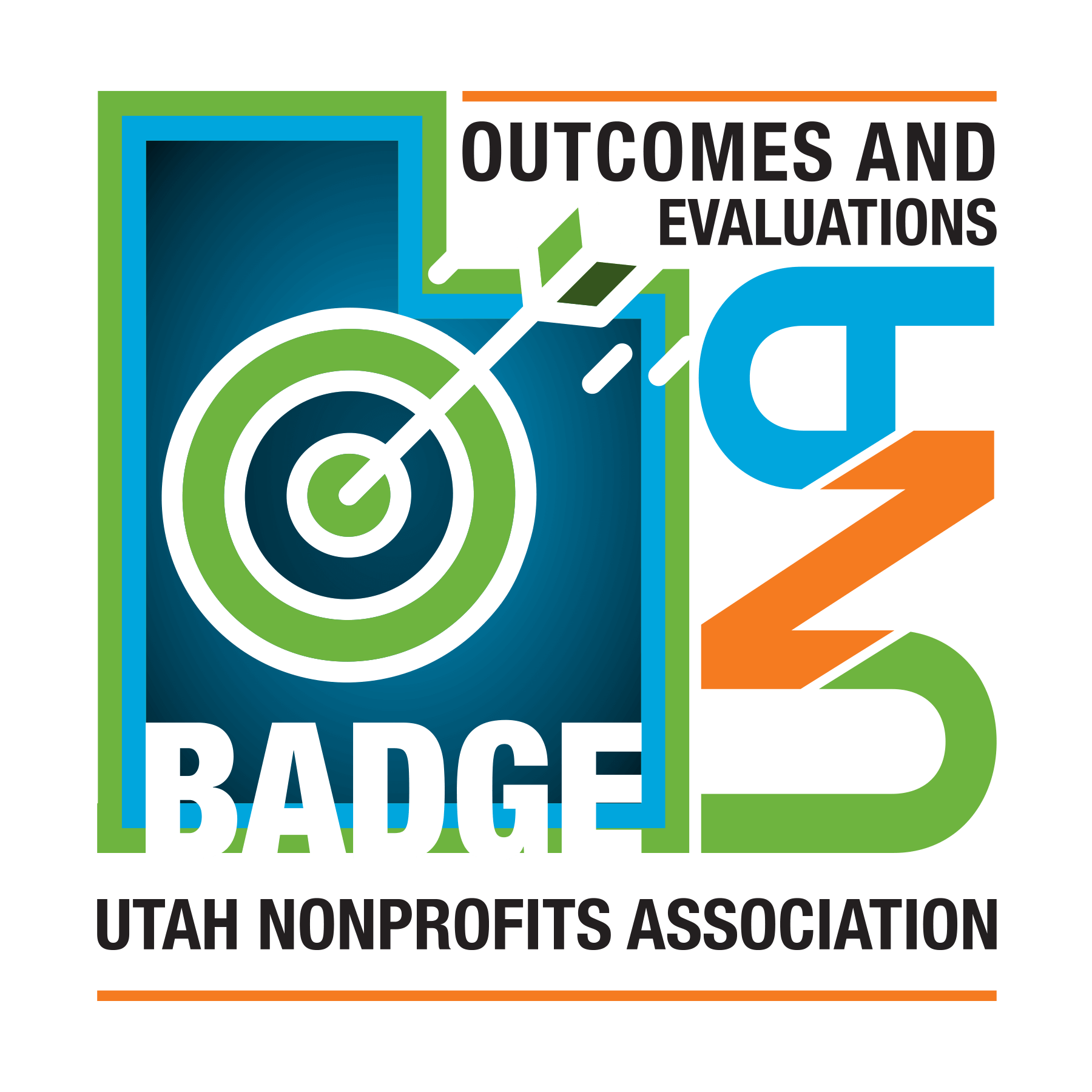
Course Overview
Outcomes and Evaluations is one of nine courses in the Nonprofit Credential Program designed to provide you with the resources you need to make an even greater impact. This credential teaches you how to measure the performance of your organization. This is essential to understanding and communicating your actual impact, informing decision making and guiding organizational improvement. You'll learn how to properly deploy resources and build a strong case for receiving funders’ support. This course is designed to provide you with tools for deciding how to:
- Clarify what your intended impact is and how you will achieve results.
- Identify the appropriate metrics to measure agency activities, outputs, and outcomes.
- Develop an evaluation plan to use and improve measurement over time.
- Develop and deploy data collection, analysis, and reporting tools to monitor impacts and communicate results.
Outcomes and Evaluations Nonprofit Credential will be held in May 2024.
Each of the nine UNA Credential courses is offered online, once in a calendar year. Please check the UNA Event Calendar for all upcoming courses.
Cost:
UNA Member Rate: $180 for the first person/$40 for each additional participant
Not-Yet-Member Rate: $360 for the first person/$80 for each additional participant
Outcomes and Evaluations Badge Requirements
In order to earn the UNA Outcomes and Evaluations Badge, the organization must submit the following items for review and approval:
Please follow specific guidelines in the participant folder, as they are always going to be the most current.
1. Community Needs Assessment (Choose one of the following options.)
- The current Community Needs Assessment developed in your organization with an evaluation of its accuracy in reflecting the needs of the community and how your program is using the needs assessment to achieve your mission. OR
- A Community Needs Assessment you conduct within the next three months incorporating the principles from the course including a description of how you intentionally conducted the needs assessment to ensure the information is a fair and accurate reflection of the clients and the community.
- A plan of how you will conduct a community needs assessment in the future to identify the accurate strengths and needs of your community relating to the service your organization with description of how you will accurately assess the needs of your clients and the community
2. Continuous Quality Improvement: A representation of how you will apply (or are already applying) the principles of Continuous Quality Improvement (e.g., a Driver Diagram)
- A statement of your organizations overall objective (based on your organization’s mission)
- A description of the Primary Drivers leading to your organizations overall success
- A description of what data you will use to assess success in these Primary Drivers
- A description of the Secondary Drivers that make up success in the Primary Drivers
- A description of what data you will use to assess success in these Secondary Drivers
- A description of the Change Agents or activities that your organization does on a regular basis to impact the Secondary Drivers
- A “Quadrant Diagram” showing critical examination of where the activities that you engage in as an organization fit in the dimensions of effort and impact
3. Sustainability Plan: Include a description of who in your organization has responsibility for data collection, storage, analysis, and reporting decisions in this brief plan.
4. Using Data to tell a Story: Provide an example of a graph or dashboard telling a story of data use or impact in your organization.

Subject Matter Expert: Jared Lisonbee
Jared Lisonbee holds a Ph.D. in Human Development from Auburn University with dual emphases in early childhood education and research methods. As a research scientist, Jared studied children’s biological stress in preschool settings. He has developed education program evaluations for the states of Alabama and Washington as well as at Weber State University.
